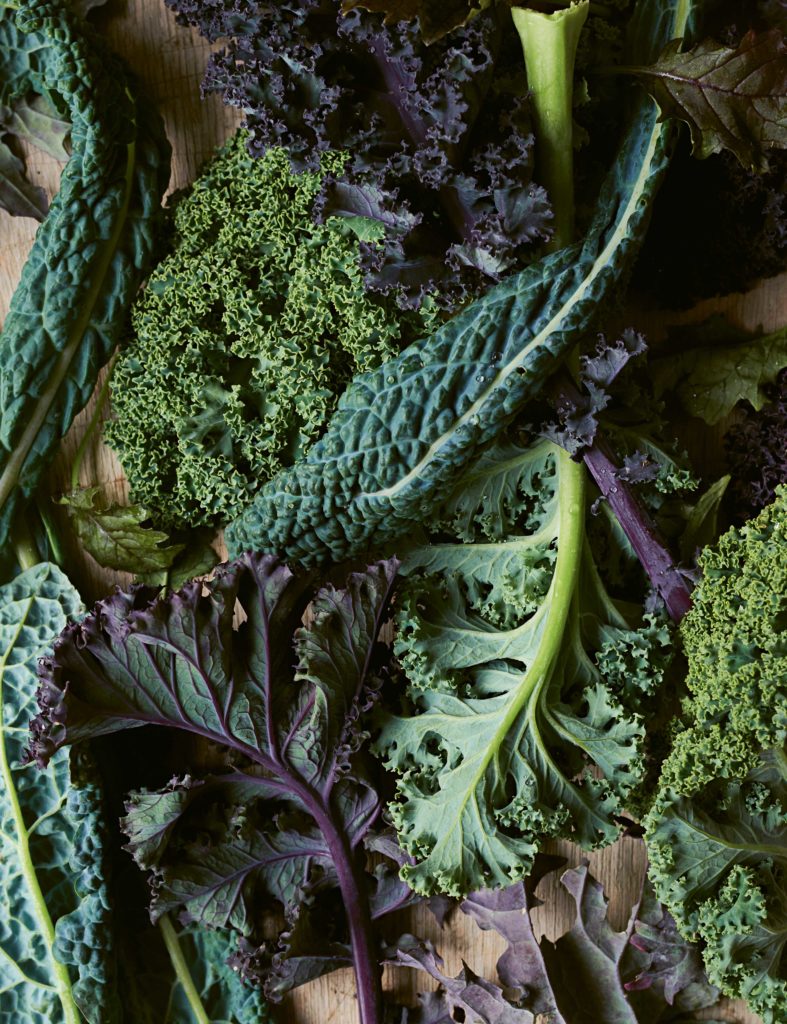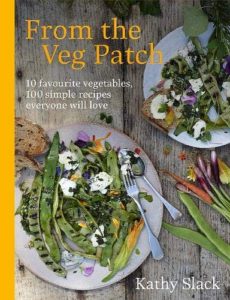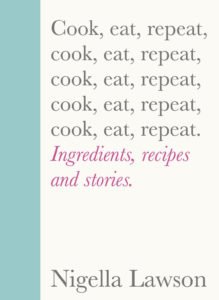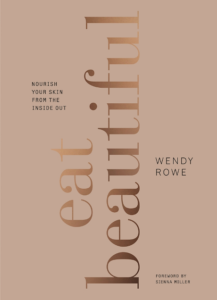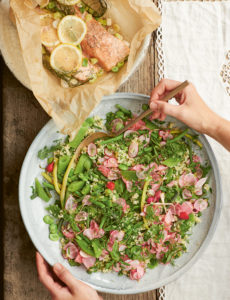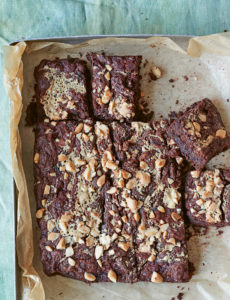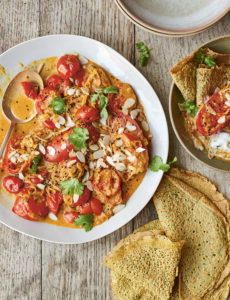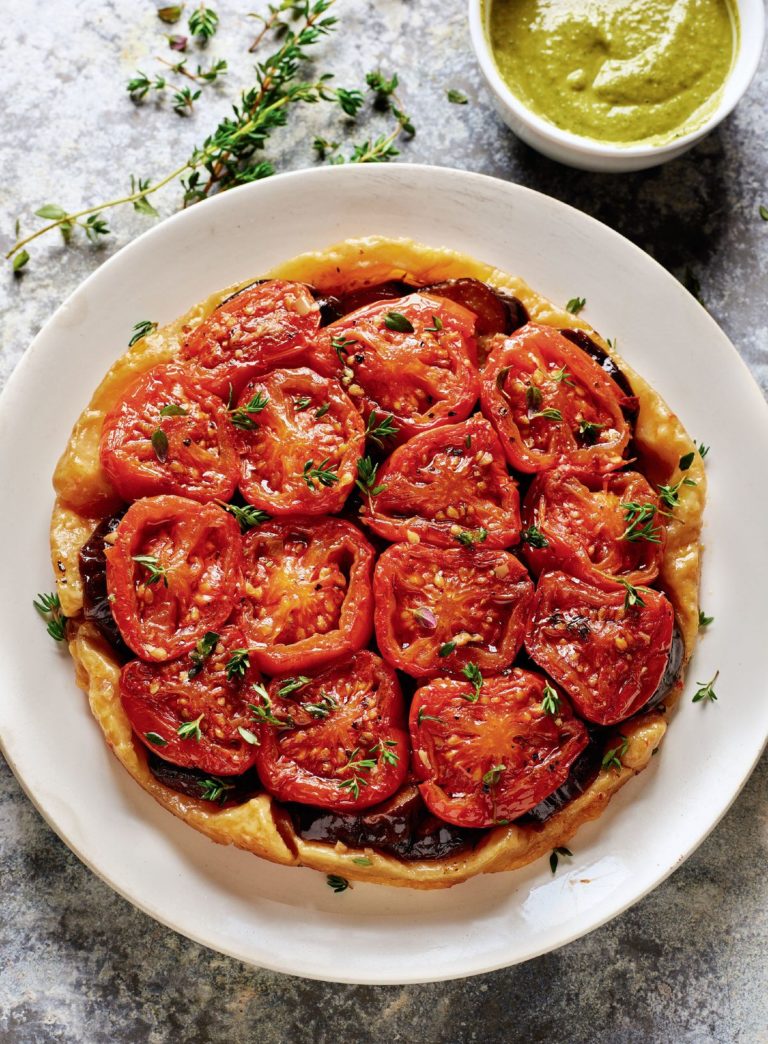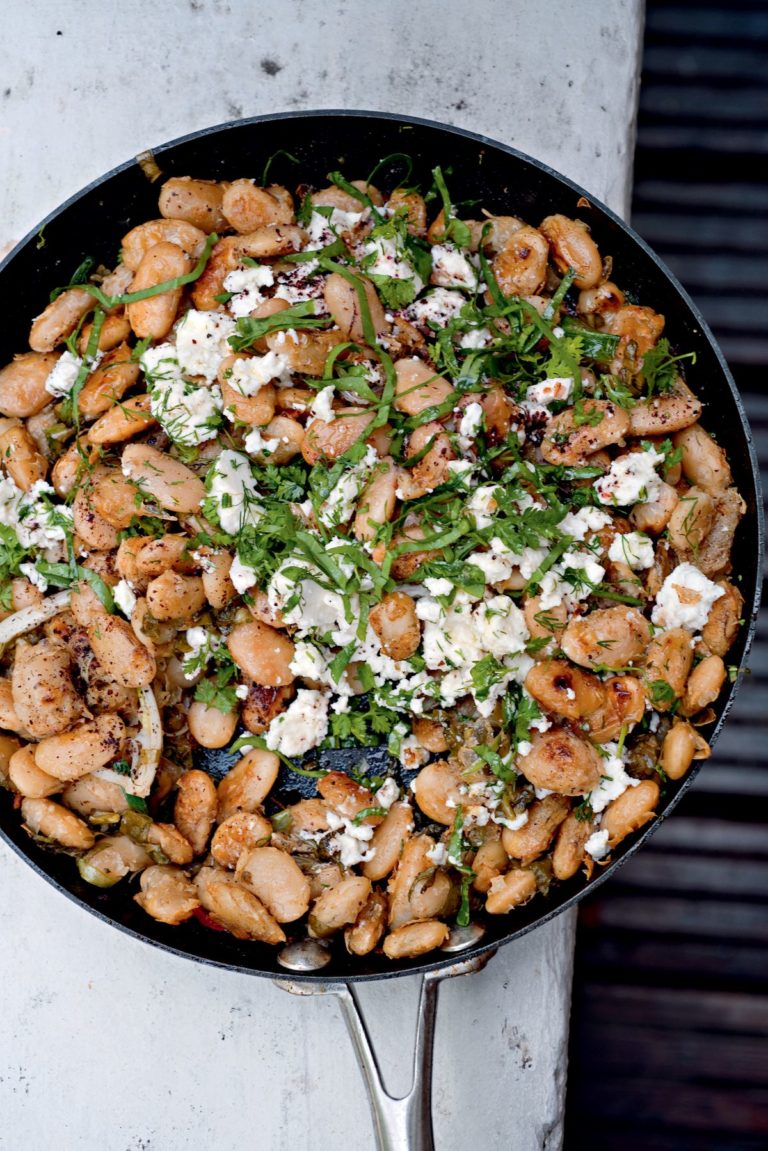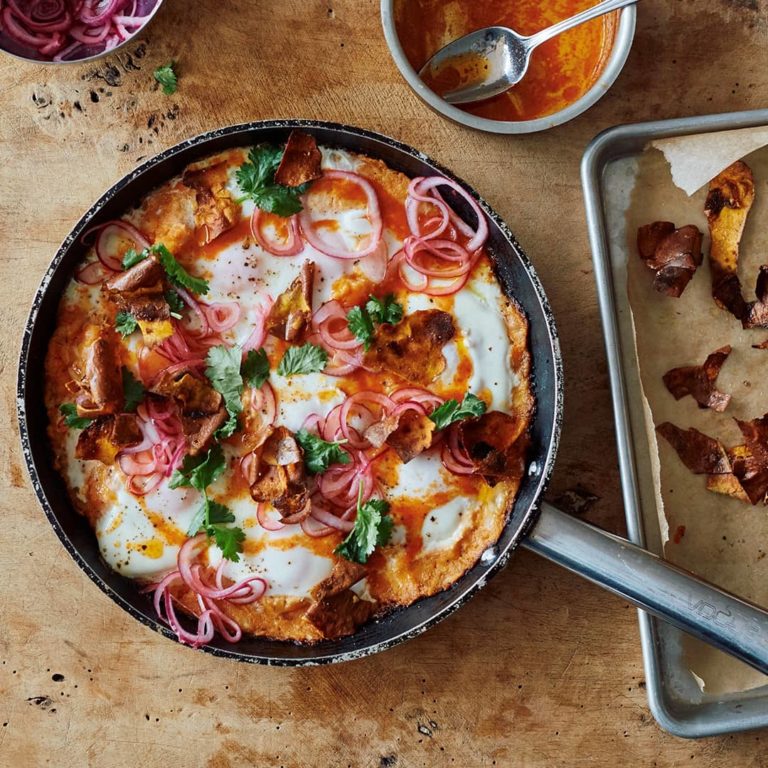What to Plant Now
Nothing, I’m afraid. Very little grows below about 8oC, let alone germinates, so unless you are blessed with a greenhouse (and even that might need heating by now) it’s best to stick to sweeping leaves or head inside and browse seed catalogues ready for next year.
What to Harvest Now
In my last column, I promised that this month I would explore the full faff of brassica growing. The brassica family includes everything from broccoli and cauliflower, cabbage and sprouts, to mustards and winter greens like mizuna, and the characteristic common to all of them is that they are extremely cantankerous to grow. Should you succeed in brassica growing, glory will be yours to revel in from now until early spring when the harvest is at its best. However, the road to victory is arduous.
First, they require a long time to grow. Purple sprouting broccoli, for example, must be sown in early spring, planted out as a young seedling in the height of summer, and tended, almost constantly, until the florets are ready to pick in January. That’s nine months minimum from seed to crop. And by ‘tending’ I mean staking, feeding, watering, weeding, protecting from wind, sun, pests (more of which later) and life in general.
They also, like most brassicas, require a lot of space to grow, often expecting half a square metre to themselves, which is something few growers can accommodate, especially for 9 months of the year. And this vast plain of soil in which they live must be firm but not too firm, moist but free-draining, rich but not too rich, and entirely without competition from weeds.
And then there are the pests. Brassicas are uniquely attractive to almost every common garden pest. From the sky, you can expect aphids, mealybugs, cabbage white butterflies and pigeons, and then a ground assault from mice and rabbits. This makes growing them organically, which I do, very labour intensive. I net them against the airborne troops and wage a ground war with cayenne pepper to deter the mice, but somehow the crop always gets nibbled to varying degrees.
And yet I wouldn’t be without them. Homegrown brassicas taste sweet and green in a way that shop-bought versions never do. Perhaps this is the taste of such effort and heartache, but it’s worth it come December when other harvests are scarce.
Of all the brassicas, I think kale is the least troublesome. It also earns its required half metre square space in the ground by being cut-and-come-again, unlike most brassicas which are one-hit wonders. And it has a good long harvesting season. Had I been more organised, there would have had kale sooner. In fact, I could have been enjoying it since late summer. For summer kale you can sow seeds or, better still plant seedlings, from late May onwards and feel smug when you have a September harvest. But I am usually so overwhelmed with the abundance of summer that I can’t ever imagine needing kale so soon and hence am always late planting. Still, I feel like kale is winter fare because it works so well with robust flavours and can hold its own in hearty stews and the like. Who wants kale on a sunny August Bank holiday anyway?
What to Cook with the Harvest
And so, despite the trials, tribulations and disorganisation outlined above, my winter kale harvest has begun. I will wilt it as a side dish, slathering it with butter (brown ideally, see below) or tossing it with anchovy and chilli. Or try adding it to casseroles, curries or stir-fries: its green, iron-y bitterness loves umami-rich flavours.
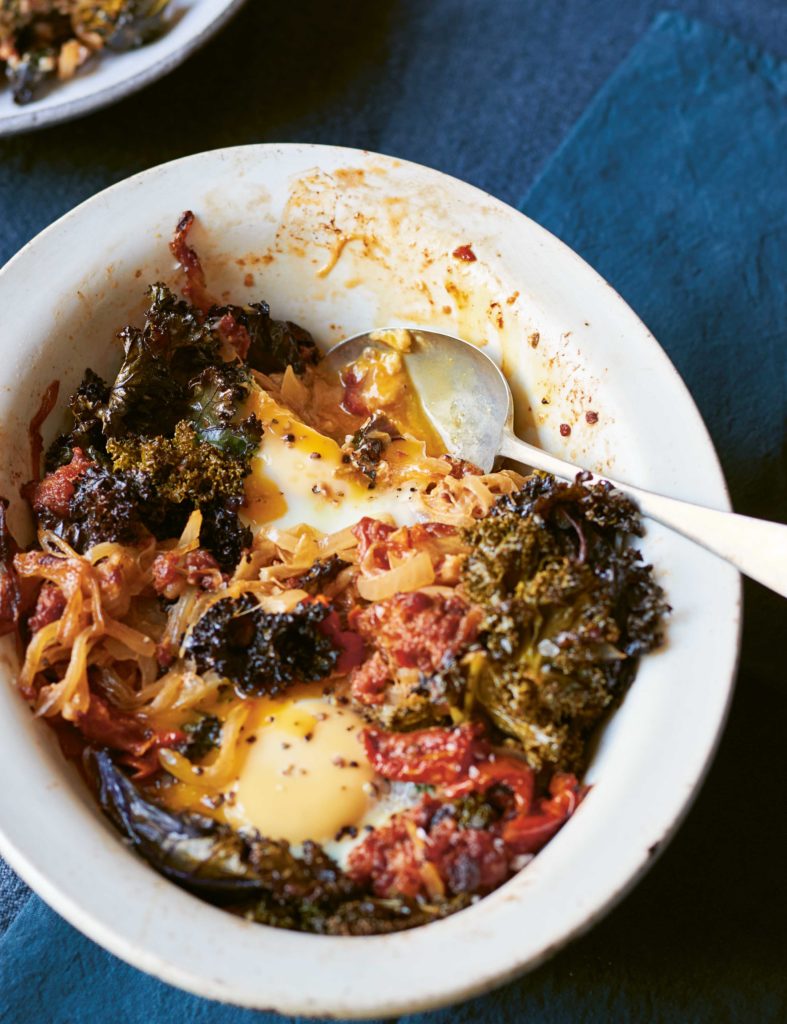
Kale and Chorizo Baked Eggs
For quick simple supper or brunch this dish punches above its weight. Colourful, big hearted, and packed with vibrant flavour.
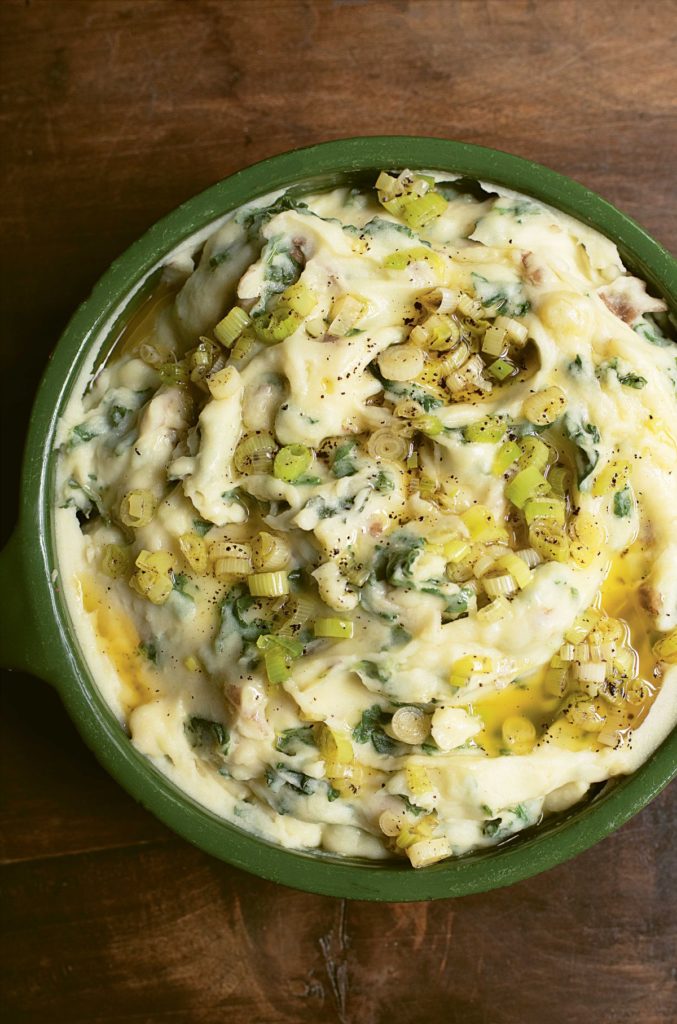
Nigella Lawson’s Brown Butter Colcannon Mash
Never has kale been treated so decadently. This recipe inspired me to use brown butter with kale wherever possible – it’s a winning combo.
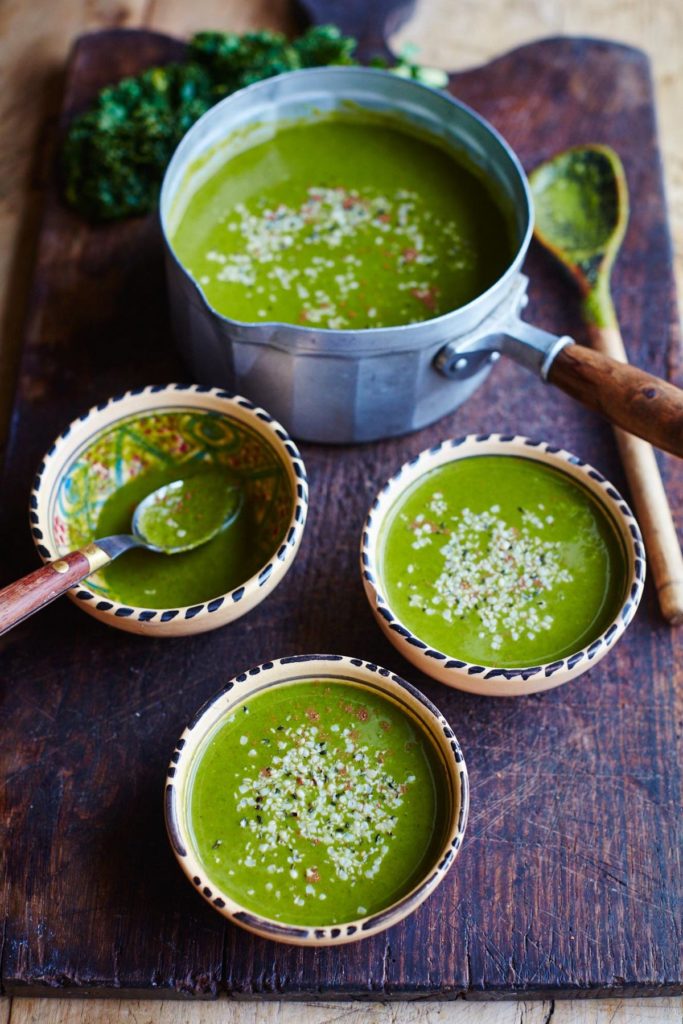
Kale Soup
Almost outrageously green, this soup is packed with nutrients. I feel nourished just looking at it.
Keep up to date with Kathy’s veg patch adventures over on her Instagram and website, and don’t forget to order your copy of Kathy’s cookbook, From the Veg Patch.
From the book
Buy From
And find Kathy’s other monthly guides here: January, February, March, April, May, June, July, August, September and October.
